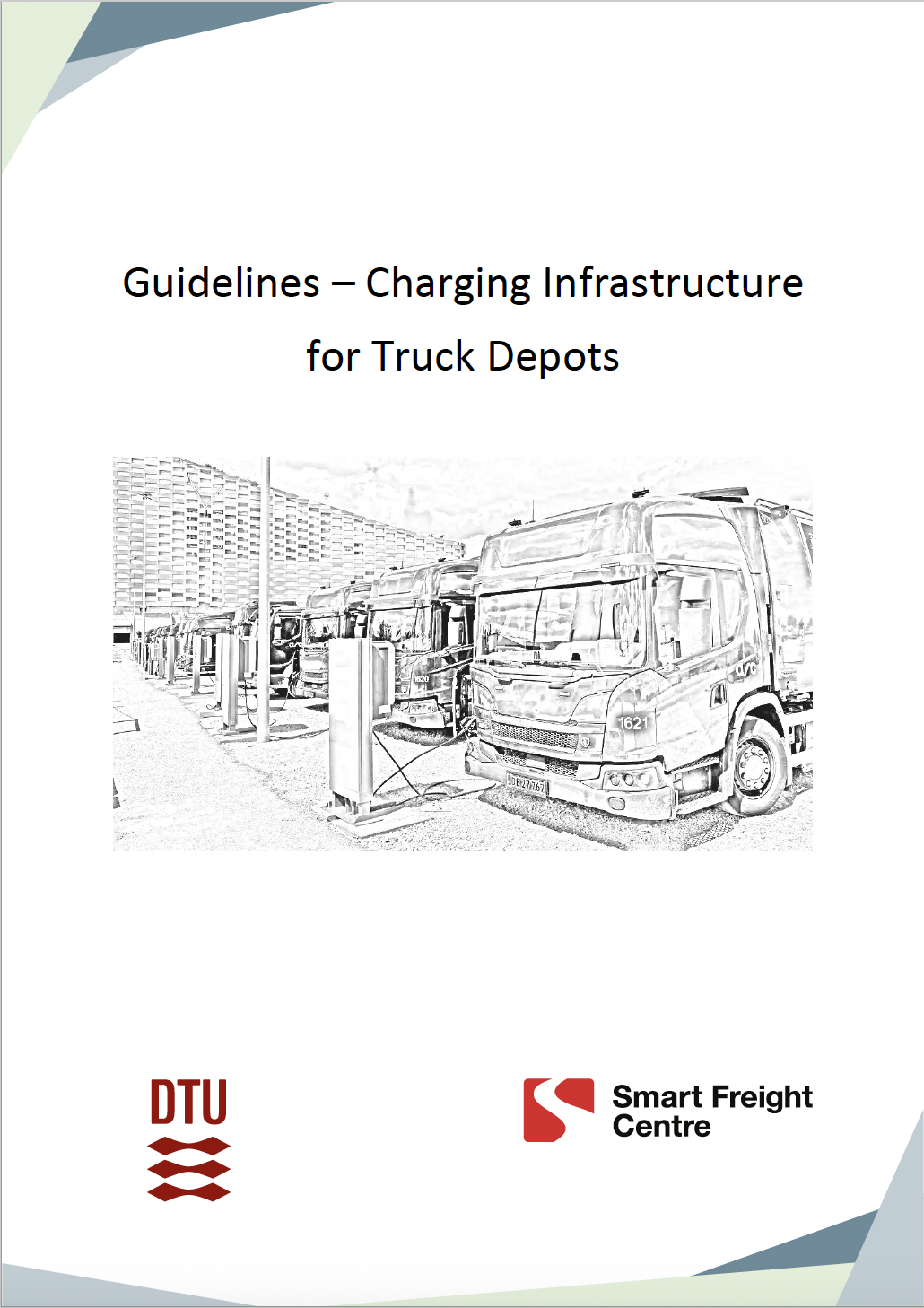Road transport accounts for 20 percent of EU CO2 emissions, and trucks are responsible for 28 percent of those emissions while representing only 2.8 percent of the EU road fleet. To tackle these emissions, the EU is reviewing the Regulation for CO2 Emission Standards of Heavy-Duty Vehicles, and many cities across the EU are establishing zero-emission logistics zones.
Battery electric trucks allow zero-emission, heavy-duty transport, in many cases with a lower total cost of ownership than their diesel equivalents.
There are two battery truck categories, dependent on their recharging needs: urban/regional deliveries and long haul. It is likely that most of the recharging of urban/regional trucks will take place at truck depots, while long haul trucks will need megawatt chargers for shorter stops and high-power chargers at the safe and secure areas along highways.
Many logistics operators are not acquainted with the supply of electricity to battery electric trucks. This guide provides an overview of the main questions to be considered when installing or using charging infrastructure at truck depots to facilitate the efforts of operators and other stakeholders wishing to enable charging at truck depots.

